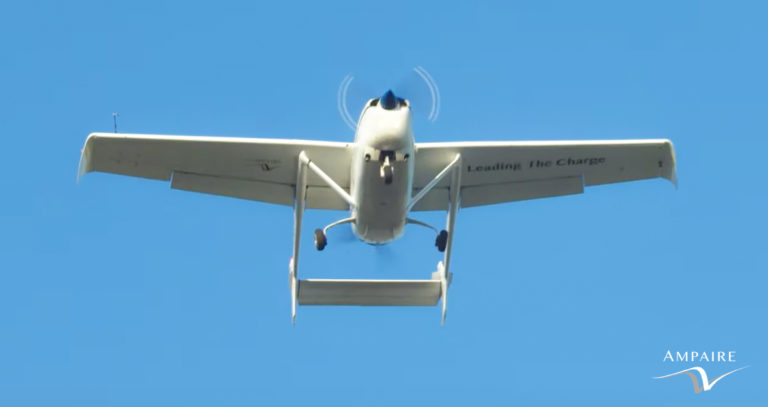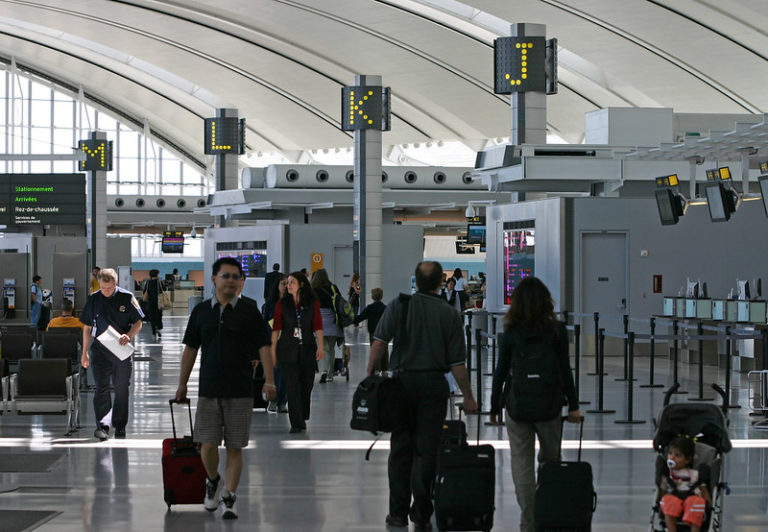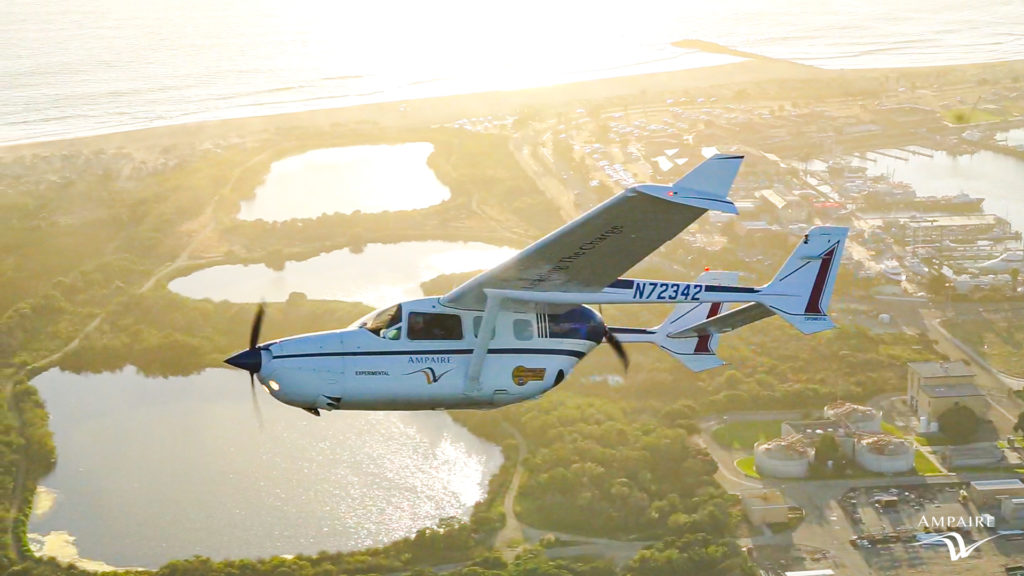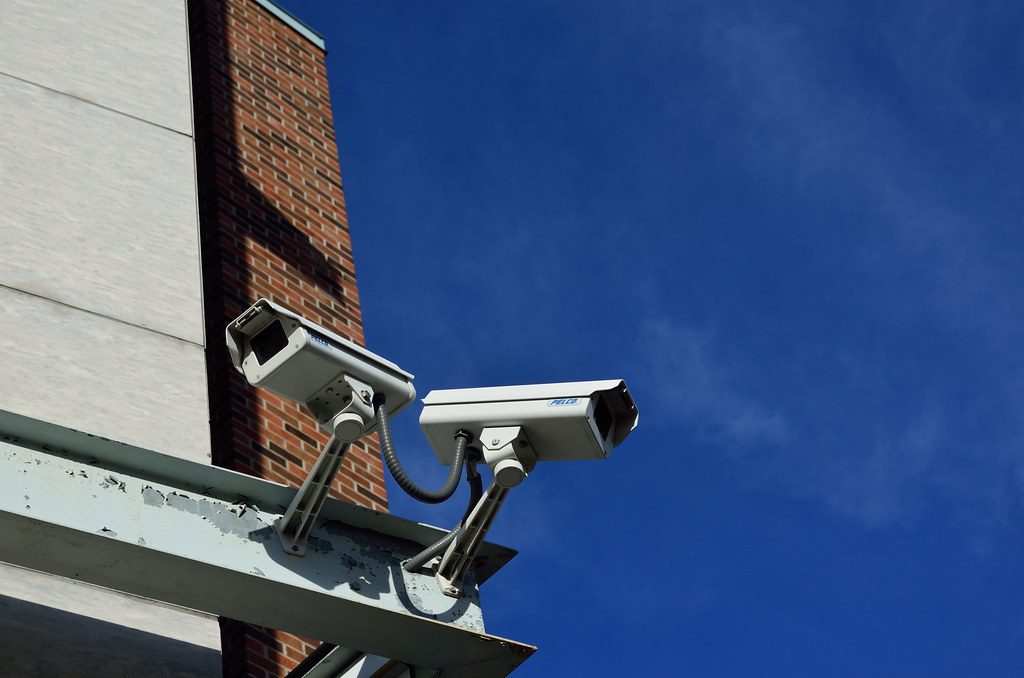As the world tries to figure out how to subdue Covid-19, and as much of the global airline fleet sits idle, aviation’s CO2 emissions may not be top of mind. Eventually, however, we will want and need to fly again. We should, therefore, use the next year or two of slack demand to prepare for a more sustainable aviation industry.
As the airlines adapt to a precipitous downturn, they are switching to smaller gauge aircraft, relying more on commuter-size jets according to The Air Current, an airline industry newsletter. Furthermore, these guides on renting jets also indicate that commuter-size jets have always been the best choice for passengers to commute in the shortest time.
That may be good news because commuter aircraft will be the earliest to benefit from electrification. Their power requirements are lower than mainstay airliners such as the Boeing 737 and Airbus A-320. New electric motors (up to 2 megawatts, or about 2,700 hp) are in the works for commuters. And battery technology is sufficiently advanced for some commuter operations.
Here at Ampaire, our analysis of traffic data indicates that nearly a third of all aircraft emissions come from flights of less than 1,000 kilometers—stage lengths over which hybrid electric (and eventually fully electric) propulsion can replace conventional fuel-burning engines.
The aviation industry has committed to a 50 percent reduction in CO2 emissions by 2050. This objective will be hard to accomplish without a substantial shift to electric power.
Electric aircraft bring an economic benefit, as well. By dramatically lowering operating cost—electrons are far cheaper than fossil fuels—regional carriers can increase route frequency or expand routes to smaller markets that are not economically viable today. That would boost economic activity in exactly the kinds of communities that are being “left behind” in the new economy.
RELATED ARTICLES: Six Ideas to Make Aviation More Sustainable | Wind Craft Aviation: creating the future of flight, and it is sustainable! | HES Energy Systems: Hydrogen and Fuel Cells for Sustainable Aviation
The best news is that we’re closer to having these kinds of solutions than you might imagine.
Ampaire is flying the world’s first and largest hybrid-electric aircraft—a retrofit of a six-seat twin-engine Cessna, in which we swapped one combustion engine for an electric motor.
With our prototypes, one of which will fly commuter routes in a trial with Hawaii’s Mokulele Airlines, we’re able to refine the battery and powertrain technology that will be useful as we move to larger aircraft.

Already, we’re thinking about larger commuters and working under a contract from NASA on the architecture of larger hybrid aircraft, including a hybrid-electric version of the 19-seat Twin Otter aircraft, an industry workhorse.
A hybrid aircraft burns some fuel, but 50 to 75 percent less than a conventionally powered plane, depending on the mission. We are working on retrofits to currently certified aircraft because we can bring them to the market fairly quickly.
As these efforts bear fruit in the next few years, we will turn our attention to the longer-term work of all-new, all-electric aircraft.
The economic outlook for electric commuter aircraft is compelling, but paradoxically the funding situation is challenging. Hundreds of millions are flowing into companies designing eVTOL (electric vertical takeoff and landing) aircraft—those dragonfly-like inter-urban designs advocated by Uber and others.

These designs have captured the imagination of Silicon Valley and the venture capital community. But the technologies are far from mature, as detailed in an April 3rd article in Aviation Week & Space Technology on three recent prototype crashes. The technological and financial risks are exceedingly high, and the timelines to potential profitability are long.
By comparison, Investment in fixed-wing electric aircraft such as commuter aircraft will have far shorter payback periods, and are much lower risk investments because the electrification of fixed-wing aircraft involves far fewer technical unknowns.
For example, fixed-wing electric aircraft operate within an already existing air transport infrastructure—using traditional air traffic control services, flying to existing airports, and requiring relatively simple adaptions to make electric recharging available at airport terminals.

This contrasts with the need in the eVTOL world to implement air traffic control and deconfliction over dense urban environments, certify novel aerodynamic and flight control systems for safe and reliable transport, and build out a skyport infrastructure amidst some of the world’s priciest real estate.
Electrification of fixed-wing aviation addresses the greatest environmental issue of our time–climate change. Each new electric or hybrid-electric aircraft that enters service substitutes for a kerosene burning, CO2 emitting plane. The same cannot be said for eVTOLs, an entirely new category of aircraft.
That’s why at Ampaire we are focused on practical applications of electrical power for fixed-wing aircraft, and why you will quite possibly be flying on one in just a few years.
Editor’s Note: The opinions expressed here by Impakter.com contributors are their own, not those of Impakter.com










